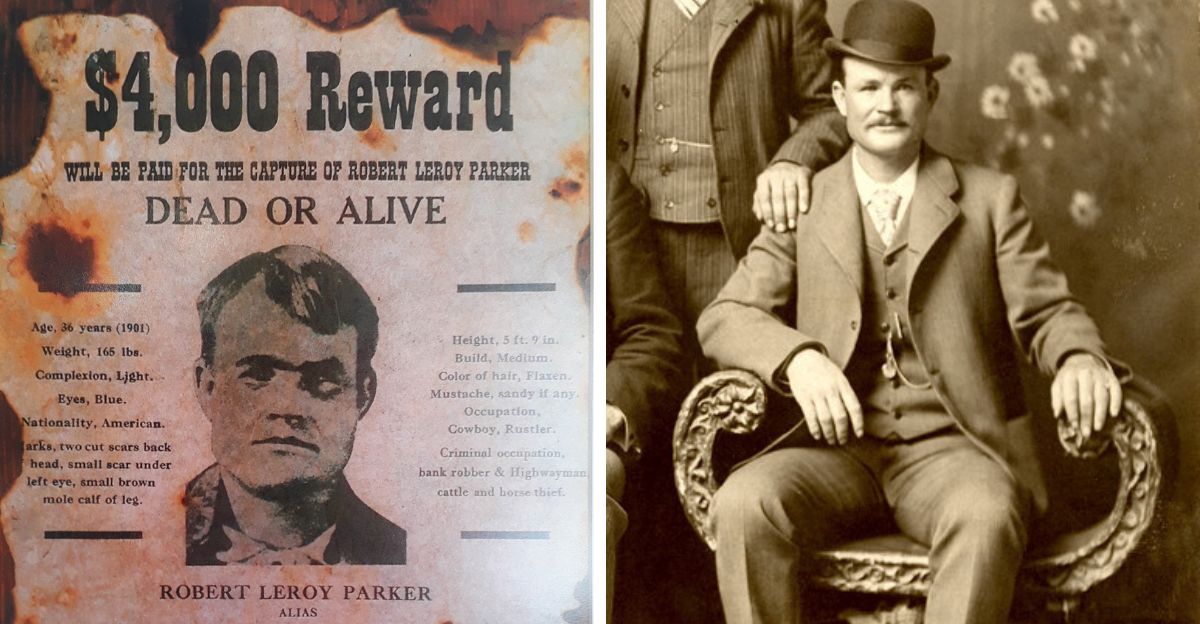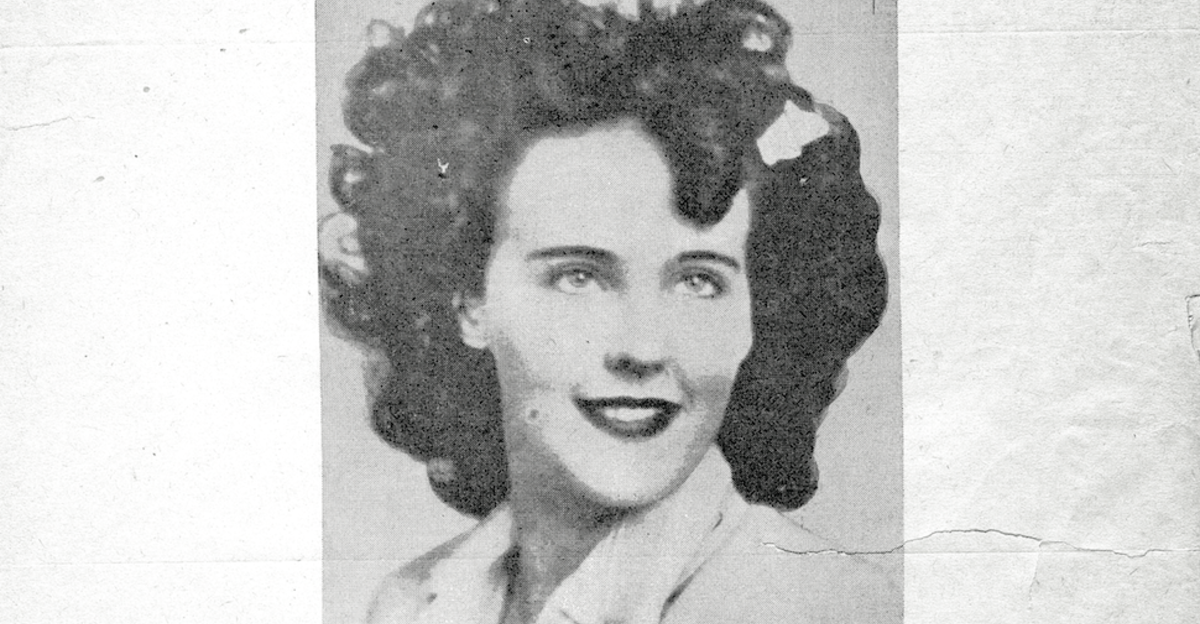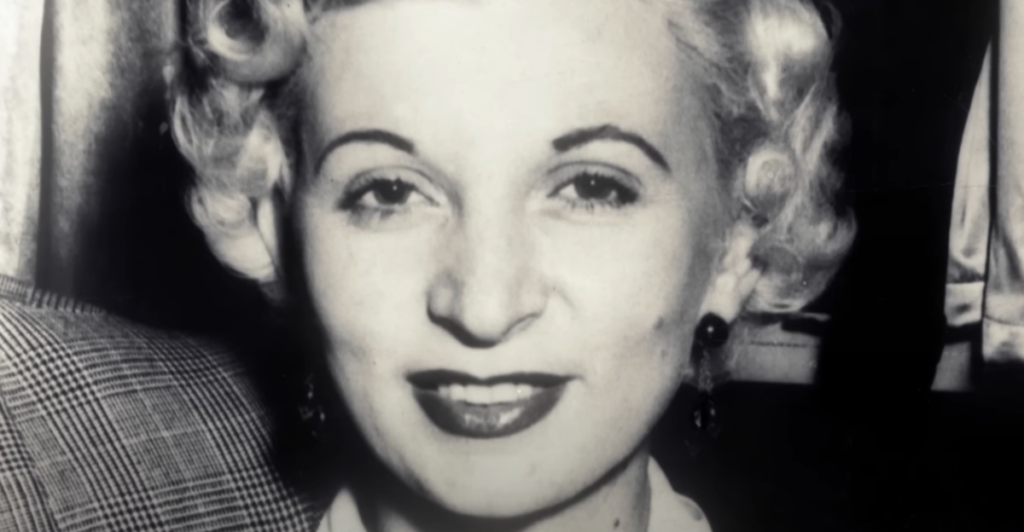
Ruth Ellis was a young mother of two who became the last woman to be hanged in Britain on July 13, 1955. She was hanged for the murder of her abusive boyfriend, David Blakely. Her execution sparked a massive public outcry and played a massive role in shifting public opinion against the death penalty in the UK. What happened to Ellis not only showed the harsh realities of capital punishment but also brought attention to issues of domestic violence and the legal system’s handling of these cases.
The Crime and Its Circumstances

On Easter Sunday, April 10, 1955, Ruth Ellis shot her partner, David Blakely, outside a pub in Hampstead. They were in a violent and abusive relationship, with Ellis suffering physical harm, including a miscarriage, which she attributed to Blakely’s actions. Despite what he had done to her, Ellis was found guilty of murder, with a mandatory death sentence. Her response to the prosecution’s question about her intentions when firing the gun sealed her fate: “It is obvious that when I shot him, I intended to kill him.”
Public Reaction and Outcry

The public reacted to Ellis’s sentencing immediately. Thousands of people signed a petition calling for her reprieve, and many newspaper columnists condemned the decision. This case showed everyone the perceived injustices of the legal system, particularly in how it handled crimes of passion and domestic abuse. Labour MP Sydney Silverman, a vocal advocate for the abolition of the death penalty, argued that Ellis’s actions were driven by desperation and emotional distress, resonating with many people who felt she did not deserve to die.
The Trial and Legal Proceedings
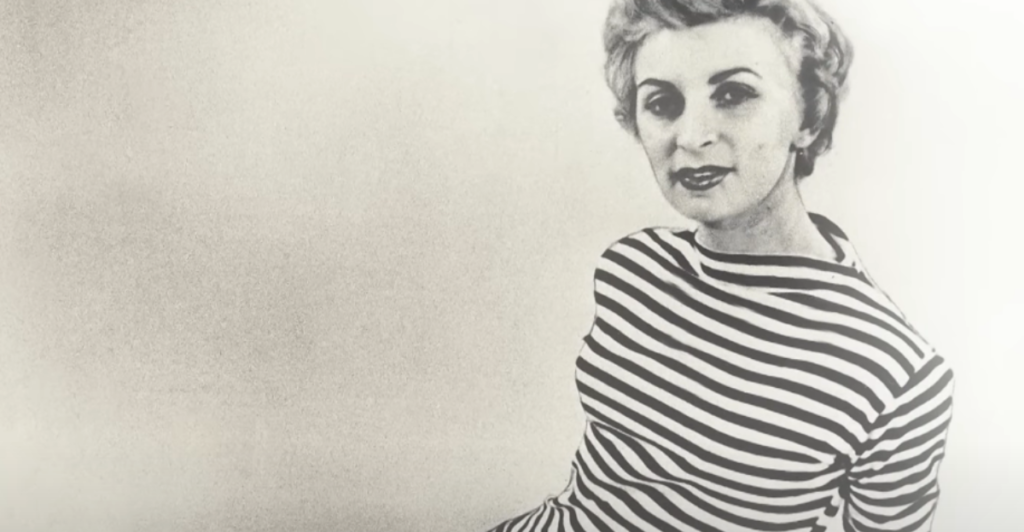
Her trial took place at the Old Bailey and was quick, with the jury only taking 20 minutes to convict her. The defense team argued for a manslaughter verdict because of the abusive nature of her relationship with Blakely, but it was not considered sufficient to alter the verdict. Despite the widespread public sympathy for Ellis’s situation, the mandatory death sentence for murder was upheld. She was calm during her trial, which further influenced the public’s perception of her as a tragic figure rather than a cold-blooded killer.
The Execution and Its Aftermath
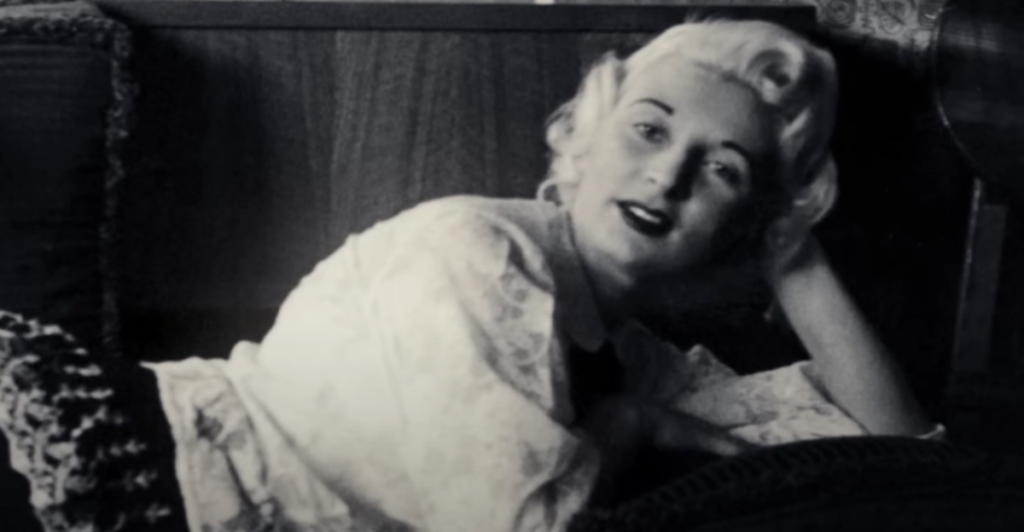
On the morning of July 13, 1955, Ellis was led to the execution chamber at Holloway Prison. She remained composed and looked at a crucifix before her death. The execution was carried out by Albert Pierrepoint, and her body was later autopsied. The public’s reaction was devastating, with many gathering outside the prison in silence. The event marked a turning point in British public opinion regarding capital punishment.
Impact on Capital Punishment Debate
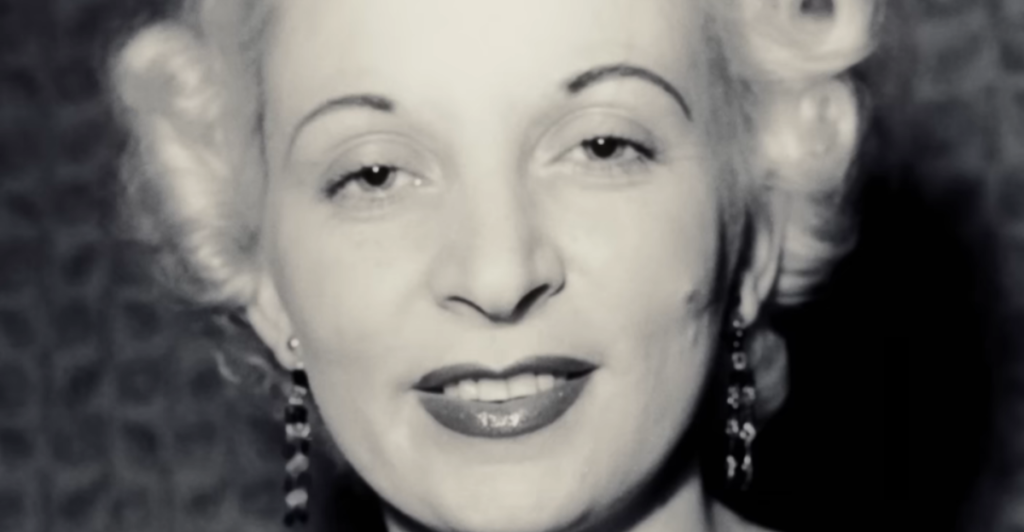
Ellis’s execution significantly contributed to the growing public opposition to the death penalty in the UK. Her case showed the cruelty and inflexibility of the law, especially in cases that involve crimes of passion or where mitigating circumstances were present. The public’s reaction to her death played an important role in the eventual abolition of capital punishment in Britain, which was first suspended in 1965 and formally abolished in 1998.
Personal Life and Relationships

Ellis lived a challenging life, which included her abusive relationship with Blakely and a previous marriage. Her involvement with Desmond Cussen, who provided her with the gun used in the crime, made the story even more complex and intriguing. It is important to note that Ellis was a devoted mother to her children, which further humanized her in the eyes of the public.
Media and Public Perception
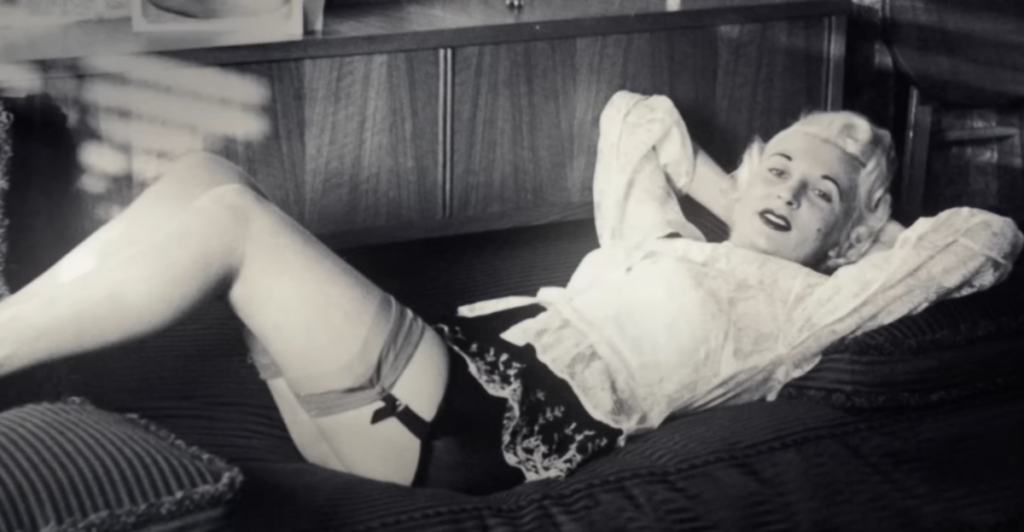
The media played a big role in shaping the public perception of Ruth Ellis. Newspapers covered her case extensively and portrayed her as a sympathetic woman trapped in a desperate situation. This portrayal helped create public support for her reprieve and contributed to the broader debate about capital punishment. Over the years, the details of her story have inspired many adaptations and dramatizations.
Legacy and Cultural Impact

Ruth Ellis’s legacy extends beyond her role in the capital punishment debate. Her story has been immortalized in films, books, and plays, which has ensured that her memory remains a part of British cultural history. The tragic circumstances of her life and death are devastating, but they serve as a reminder of the complexities of human nature and the need for compassion in the justice system.
Her Story
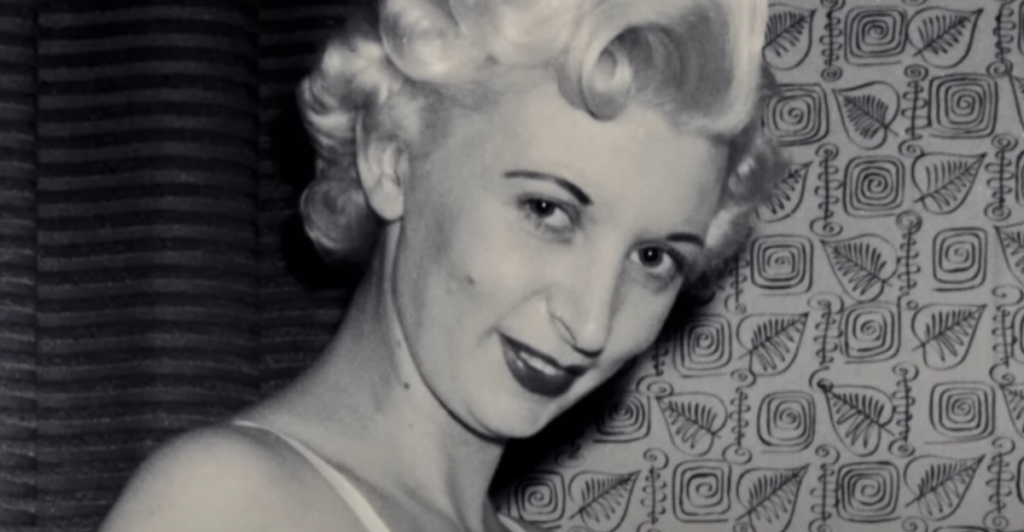
The story of Ruth Ellis serves as a reminder of the human cost of capital punishment and the importance of empathy in the legal system. Her execution marked a turning point in British history, contributing to the eventual abolition of the death penalty. Today, Ellis’s case remains a powerful symbol of the need for justice to be tempered with mercy and understanding.
Sources:
Ruth Ellis and public contestation of the death penalty
Ruth Ellis – the last woman to hang in Britain.
The true story of Ruth Ellis and the hanging that rocked a nation



